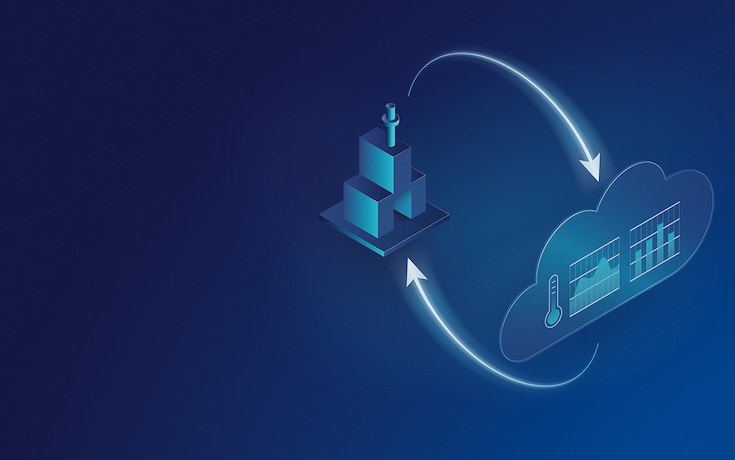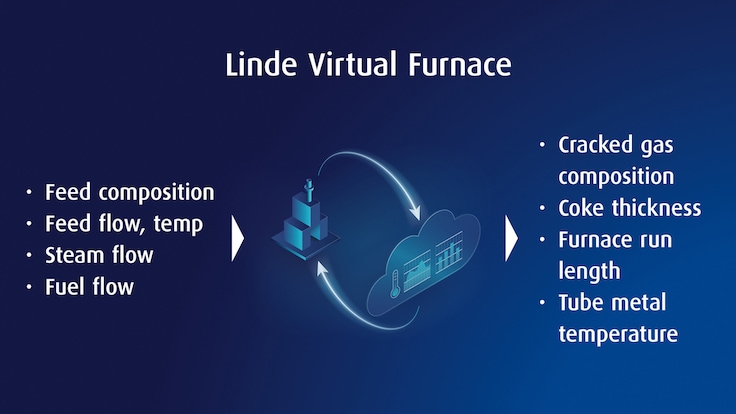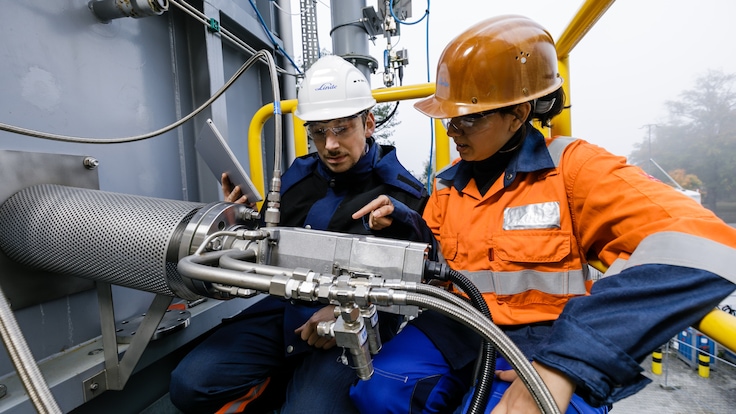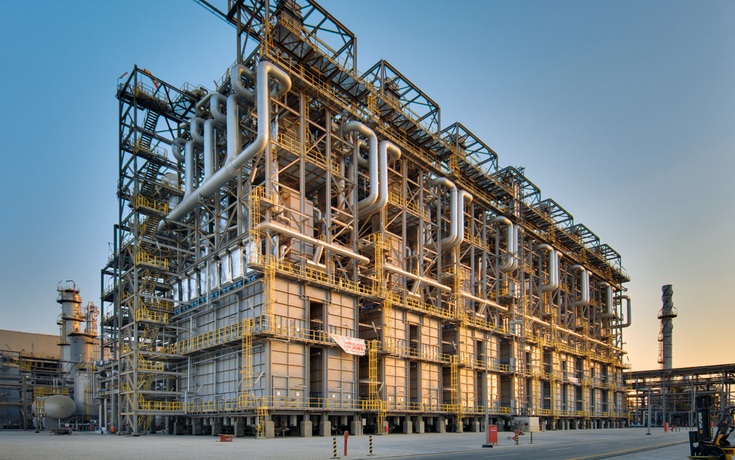
Meeting Today’s Furnace Challenges
Today’s steam cracking furnace operator is under growing pressure to optimize plant profitability. This involves maximizing plant throughput on the one hand and, on the other, selecting the best feedstock and cracking severity. This is essential to minimize feed cost while augmenting the production of high-value products. Maintenance costs can be contained, for example, by extending coil lifetime without increasing the risk of coil ruptures. Eliminating operator errors is another key and constant challenge. Given the importance and frequency of field operator interventions with conventional furnaces, damages and repair trips can be a significant cost factor.
Digitalization combined with artificial intelligence can deliver the insights needed to master many of these tasks while also supporting varying degrees of automation. Linde has developed an innovative suite of tools to support the optimization of steam cracking furnace operations. This suite builds on the experience we have gained managing over 1,000 process plants remotely and, more specifically, designing over 200 advanced process control solutions to support the growing digitalization trend. At the heart of this suite is the Linde Virtual Furnace.

What is the Linde Virtual Furnace?
The Linde Virtual Furnace (LVF) is a set of software modules that model a live furnace based on the design blueprint. Using kinetic modelling, this “digital twin” simulates key performance and operational parameters, calculating more than 2000 possible reactions in the case of steam cracking furnaces, for instance. This means it covers the entire radical chain reaction involved in cracking hydrocarbons containing up to 140 components. Over the past 40 years, we have systematically improved and fine-tuned this kinetic model based on real operating data while also enhancing our simulation technologies. Advanced Operations Services actively channels this experience and these insights into the Linde Virtual Furnace.
With a digitalized furnace, the plant’s distributed control system (DCS) feeds the current operating conditions (such as feed composition, flow and temperature, steam flow and fuel flow) to the LVF, which compares these performance indicators against the calculated values. The LVF cockpit then presents the results, predicting the cracked gas yield, the heat balance, the expected runtime and thickness of coke deposits. By flagging deviations from the target values, the cockpit can help to optimize runtime, feed scenarios and decoking schedules.

Linde Virtual Furnace Combined with Thermal Imaging
The benefits of the LVF can be further extended by combining it with Linde’s thermal imaging module. This module continuously generates radiant coil temperature profiles by using Linde’s intelligent algorithms to process infrared images from cameras installed in the furnace wall. This avoids the risk of human error when operators take manual tube metal temperature measurements. In addition, more reliable measurements allow operators to extend the furnace runtime closer to the material limits. The automatic detection of hot spots together with temperature-controlled decoking avoid accidental overheating of the coils. This further increases their lifetime and saves maintenance costs. Linde’s real-time coil lifetime prediction algorithm predicts the risk of coil rupture based on the carburization levels. This information gives operators the insights they need to replace coils on demand, thus maximize replacement intervals while mitigating the risk of rupture.

Highlights of Linde Virtual Furnace at a Glance
- 4% increase in plant throughput
Longer furnace runtime (2 – 5 days on average) as the furnace can be operated closer to the design limits - 2 years added to coil lifetime
Longer coil lifetime due to fewer decoking cycles, avoiding on average 1 coil rupture every five years - 2% drop in energy consumption
Lower fuel consumption for lower CO2 and NOx emissions - 25% reduction in decoking time
Increased production through temperature-controlled decoking - 6 – 24 months ROI
Rapid return on investment with low CAPEX - Improved profitability
With flexible adaptation to market trends and feedstock prices